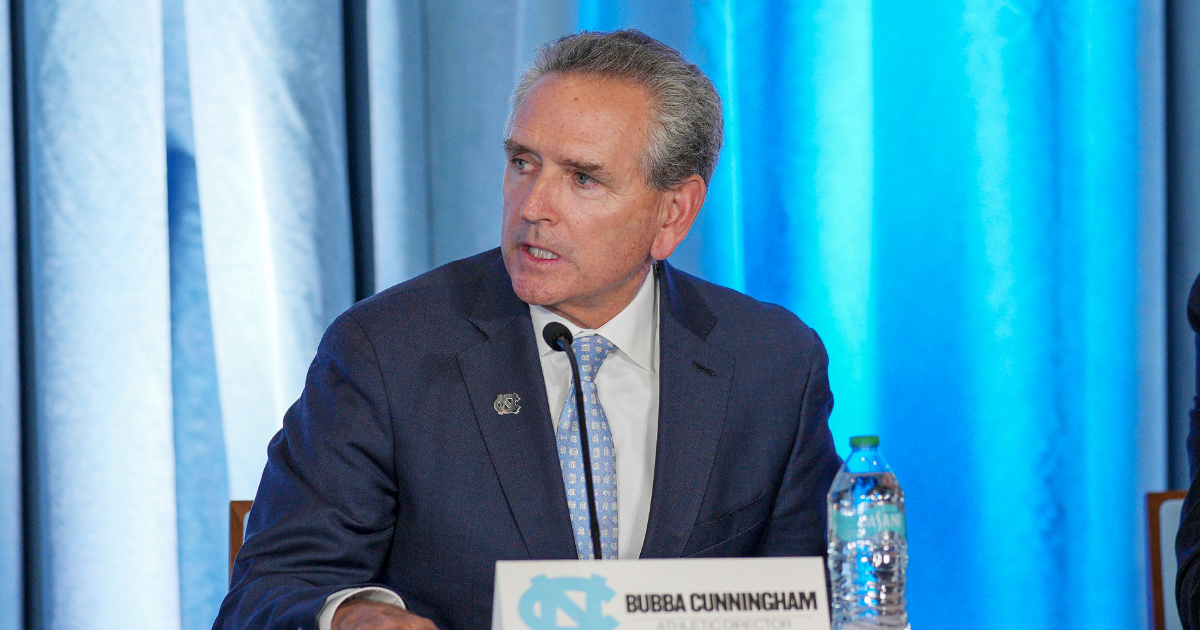The landscape of intercollegiate athletics is undergoing a profound transformation, with the concept of college athlete employment and collective bargaining taking center stage. Following recent executive actions and legislative proposals, the debate intensifies over whether student-athletes should be classified as employees, a pivotal question that challenges the long-standing amateur model of the NCAA. This complex issue has far-reaching implications, impacting everything from institutional finances to the fundamental structure of college sports.
Amidst this evolving discussion, legislative efforts like the SCORE Act aim to establish that college athletes are not employees, yet the bill itself faces considerable scrutiny and opposition. This federal intervention highlights the urgent need for a unified national framework, as diverse viewpoints emerge regarding the economic rights and legal status of thousands of student-athletes. The legislative track underscores the intricate political layers involved in redefining the athlete-institution relationship.
Leading figures in college athletics, such as North Carolina Athletics Director Bubba Cunningham, are actively weighing the multifaceted questions surrounding athlete employment. Cunningham suggests that even if current legislative attempts fail, collective bargaining could still present a viable and necessary avenue for the industry to explore. His perspective emphasizes the need for flexible, forward-thinking solutions that address the inherent complexities of the modern college sports business.
One of the most significant challenges in this debate is the stark disparity in revenue generation across different sports, a factor compounded by the critical implications of Title IX. Cunningham points out that while a small fraction of sports generate substantial income, the vast majority do not, creating an intricate puzzle of equitable compensation and legal compliance. Successfully navigating these financial and gender equity considerations is paramount for any sustainable model of college athlete employment.
The distinction between a student and an employee forms the bedrock of much of the legal quandary. As former Biden administration memos briefly suggested a view of college athletes as employees, the difficulty in differentiating roles based on required activities and time commitments becomes apparent. Expert employment lawyers confirm the fine line, making it a legal minefield for institutions attempting to balance athletic participation with educational pursuits while avoiding unintended employee classifications.
Further complicating the issue are the variations in state laws, including right-to-work statutes, and the fundamental differences between public and private universities. The existing governance structure, which historically separates entities into smaller groups, struggles to encompass a universal approach to collective bargaining that satisfies all stakeholders. This fragmented legal landscape necessitates a comprehensive solution that can harmonize diverse regulatory environments.
Despite frustrations for immediate answers, Cunningham acknowledges that resolving these monumental questions will require considerable time, given the multi-layered process involved. Decisions will not solely come from Congress; they will cascade down through state legislatures, individual conferences, and ultimately, specific university administrations. This intricate network of decision-makers underscores the collaborative effort needed to redefine the economic support structure for intercollegiate athletics.
The industry grapples with establishing a legally protected “common space” that ensures compliance with federal laws like Title VII, while simultaneously reshaping its economic model. Finding an economically viable and legally sound pathway for athlete compensation and collective representation remains the central challenge. The ongoing dialogue signifies a pivotal moment for college sports, necessitating innovative approaches to support student-athletes while preserving the integrity of collegiate competition.






Leave a Reply